CHAPTER 4: RESULTS AND
DISCUSSIONS
4.1. RESULTS
4.1.1. Prevalence of Groin
Hernia
Figure 1: Prevalence of Groin
hernia at KH
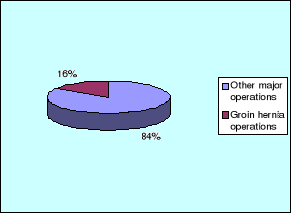
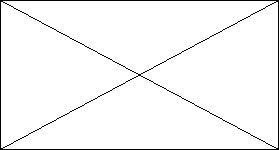
Figure 1 above shows the total of patients who underwent
major operations at Kibogora hospital in the period 18 months from 01/01/2007
to 30/06/2008 was 765 patients among them 121 were operated for groin hernias,
this made up a local hospital prevalence for groin hernia of 16%.
4.1.2. Socio-demographic
aspects
Figure 2: Distribution of patients basing on
Age
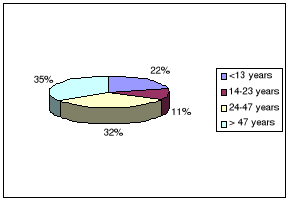
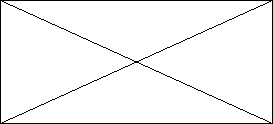
In our
study as it is demonstrated by figure 2 above, the majority of patients
42 (35%) was in the group of >47 years, followed by a group
of the age range 24-47 years with 39 (32%), < 13 years were 27(22%)
and came last the group of 14-23 years with 13 (11%),
the extremities were 1 year and 77 years.
Figure 3: Distribution of
patients basing on Sex
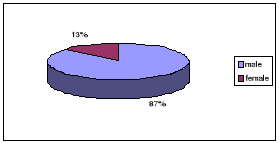
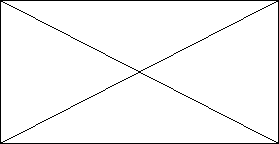
Figure 3 shows that the majority of our patients was male sex
making up 105 (87%). Only 16 (13%) of patients were female
Figure 4: Distribution of
patients basing on the mode of consultation
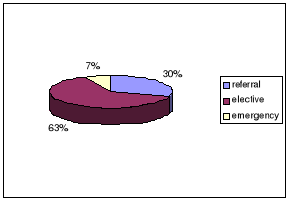
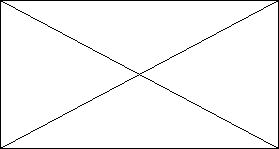
Figure 4 above shows that the biggest percentage of patients
under went elective surgery for hernia repair this making 77 (63%). Only 8
(7%) of all the patients were emergency. 36 (30%) were referred cases.
Figure 5: Distribution of
patients basing on the mode of their PMH
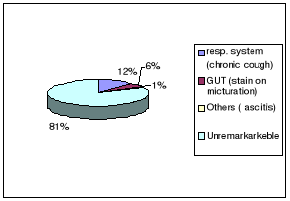
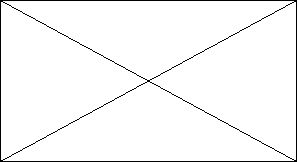
Figure 5 shows that 99 (81%) of the patients with groin hernia
had no remarkable previous medical status, 14 (12%) of the patients had
respiratory problems (as chronic cough), 7 (6%) of the patients had GUT
problems (as strain on micturation) and came last
(others such as ascitis) with only a 1%.
4.1.3. Clinical assessment
Figure 6: Distribution of
patients basing on the type of hernia
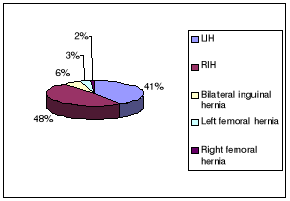
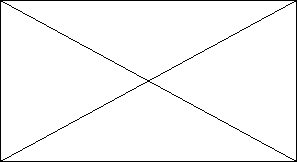
Figure 6 above demonstrates that most patients had inguinal
hernia i.e. 58 (48%) as RIH and 50 (41%) as LIH, 7 (6%) of the patients had
bilateral hernia. Femoral hernia was only seen in 5% of the patients (3%) as
left femoral hernia and 2 (2% as right femoral hernia)
Figure 7: Distribution of
patients basing on pre-operative diagnosis
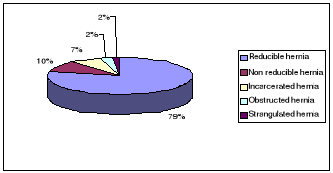
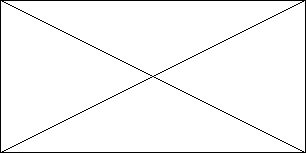
Figure 7 above demonstrates that the biggest percentage of the
patients in our study had reducible type of hernia and this constituted 95
(79%), followed by non reducible hernia with 12 (10%). Incarcerated hernia
hernia was 9 (7%), obstructed hernia and strangulated hernias had equal
percentages of 2 (2%) each.
Figure 8: Distribution of
patients basing on type of operation
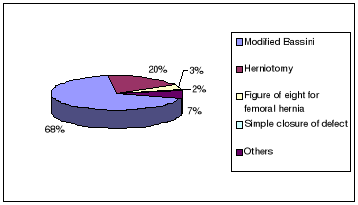
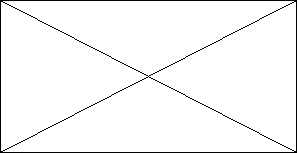
Figure 8 above shows Modified Bassini was the most type of
hernia repair performed constituting 83 (68%), this was followed by herniotomy
with a 24 (20%). Other nonspecified hernia repairs constituted 7%. Figure of
eight for femoral hernia repair constituted 3% and came last the simple closure
of defect with a 2%.
Figure 9: Distribution of
patients basing on anaesthesia
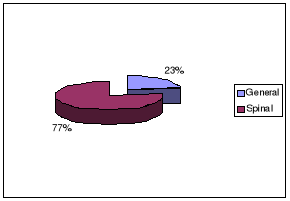
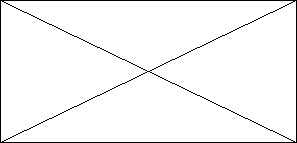
Figure 9 above shows that spinal anaesthesia was the mostly
used type of anaesthesia with 77% i.e. it was used in 93 hernia repairs out of
the 121 cases, only 28 (23%) of hernia repair were under general
anaesthesia.
Figure 10: Distribution of
patients basing on post-operative stay
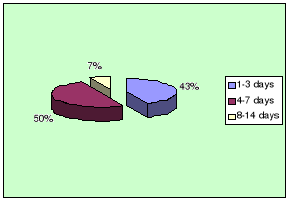
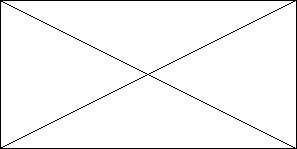
Figure 10 above indicates that 50% of the patients spent 4-7
days in the hospital postoperatively after hernia repair and this was the
highest percentage, 43% of the patients spent 1-3days post operatively and only
7% spent 8-14 days postoperatively. This indicates that the evolution of
patients' status after hernia repair was good.
Figure 11: Distribution of
patients basing on post-operative complications
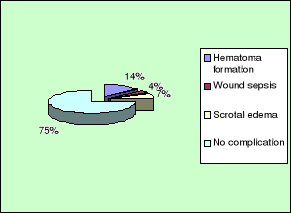
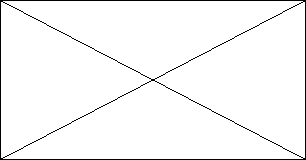
Figure 11 above demonstrates that most patients had no
complications after groin hernia repair and this constituted 91 (75%). Among
the complications seen after groin hernia repair in Kibogora hospital, wound
hematoma formation was the commonest with 17 cases making up (14%), scrotal
edema came second with 8 cases (7%) and wound sepsis was only in 5 cases making
only a 5%.
Figure 12: Distribution of
patients basing on condition on discharge
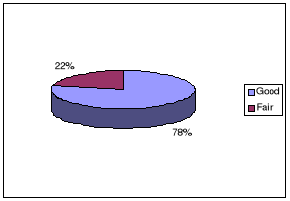
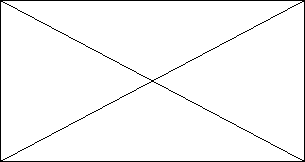
Figure 12 above demonstrates that the majority 94 (78%) of
patients were discharged in good condition, this is attributed to the advanced
surgical skills applied during hernia repair in Kibogora hospital, 22% of the
patients were discharged in fair condition. There was no death reported during
the study period.
| 


